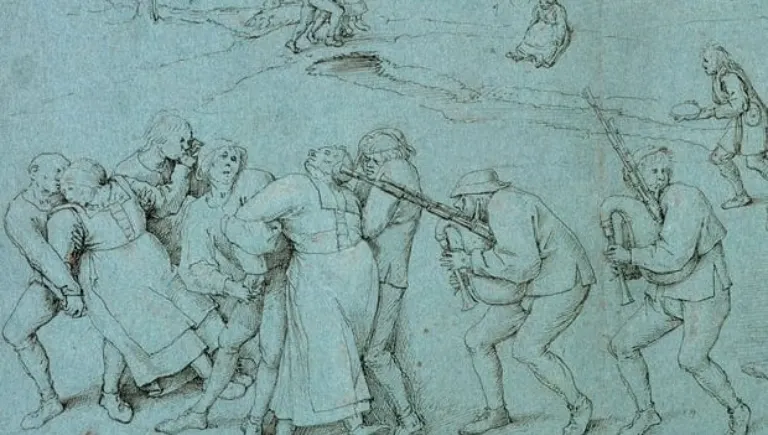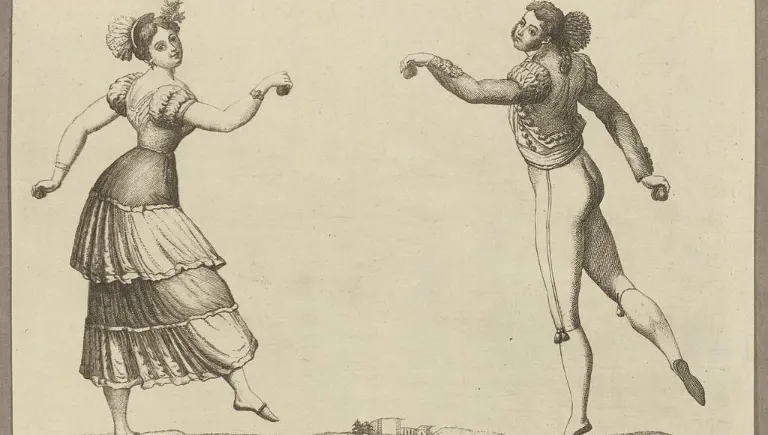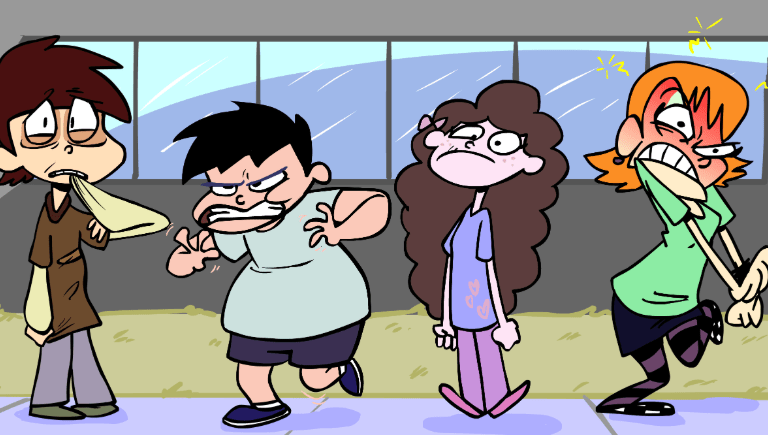Inside the Unexplainable Madness: The Dancing Plague of 1518
Imagine hundreds of people dancing uncontrollably in the streets, unable to stop or even rest. That strange scene is what happened during the dancing plague of 1518—a bizarre event that still puzzles historians today. How could so many dance for days on end without rest? Was it mass hysteria, poison, or something else entirely? This eerie incident sparks curiosity and reveals much about human psychology and society long ago.

The Historical Context of 1518 Europe
The Socio-Political Climate of Early 16th-Century Strasbourg
Back in 1518, Strasbourg was a city under stress. Political tensions, wars, and religious conflicts created a tense atmosphere. People lived with constant fear and uncertainty. The town’s overcrowded streets and poor living conditions made daily life hard. Many struggled to survive, and worry was everywhere.
🔹 Info Box
Strasbourg in 1518 wasn’t just a city of stress—it was a hotbed of famine, disease, and religious fervor, making it the perfect storm for mass hysteria.
Traditional Beliefs About Health, Spirits, and Curses
Medieval society saw strange illnesses as messages from spirits or signs of curses. When someone started dancing or acting oddly, many believed an evil spirit or curse was at play. Doctors had no real answers, so superstitions and religion influenced how people tried to cure strange behaviors.
The Dance Plague of 1518: What Happened?
The Initial Incident: Frau Troffea’s Spontaneous Dance
All started when Frau Troffea stepped into the street and suddenly could not stop dancing. She danced for hours, showing no signs of slowing down. People gathered around, amazed and frightened. This strange event lasted for a few days, leaving many wondering what was happening.

The Spread and Escalation
Soon, more people joined Frau Troffea. Over time, reports show that up to 400 residents began dancing uncontrollably. The dancing went on for days or even weeks, with dancers unable to rest or stop. Some danced until they collapsed from exhaustion or injuries.
⚠️ Warning
Historical reports claim that some people danced until they dropped dead—though exact numbers remain unclear.
The Affected Populations
Dancers ranged from teenagers to elderly, both men and women. Many were ordinary town folk, not just those with wealth or power. The behavior was shocking—people danced nonstop, exhausted but unable to break free from the compulsion.
Theories and Explanations
Psychological and Sociological Theories
Some believe the dancing plague was mass hysteria—groups of people copying each other’s strange behavior. They argue it was a form of social panic, triggered by stress, fears, or depression. The idea is that mind and emotion can cause physical symptoms.
Medical and Environmental Hypotheses
One popular theory blames ergot poisoning. Ergot is a toxic mold that grows on grain and can cause hallucinations and spasms. If people ate contaminated bread, it could possibly explain the uncontrollable dancing. Other ideas include hot weather, humidity, or exposure to harmful substances.
💡 Did You Know?
Ergot poisoning—the same fungus behind the Salem witch trials—can cause spasms, hallucinations, and psychosis.
Contemporary Expert Insights
Modern researchers study the dancing plague to understand mass psychogenic illness better. Psychologists see it as a case of collective stress taking physical form. Historians analyze it as a sign of the tense times and societal pressures in medieval Europe.
Cultural Impact and Historical Significance
How the Event was Recorded and Interpreted at the Time
Contemporary reports describe the chaos and fear caused by the dancing. City leaders and church officials tried to stop the dancers with prayers, medications, or even public shaming. Some thought it was a punishment from God, and they conducted rituals to stop the madness.
Influence on Subsequent Events and Media
Similar incidents have occurred throughout history. The Salem witch trials show mass hysteria, and modern headlines sometimes report panic of unknown origin. The dancing plague remains a symbol of how society can lose control over collective fears.
Lessons Learned from the Phenomenon
Today, we understand that mass hysteria can be caused by psychological factors, social pressures, or environmental triggers. The event teaches us to look at the bigger picture when strange behaviors arise. Context and societal stress shape how people react to uncertainty.
Modern-Day Reflections and Relevancy
How the Dancing Plague Informs Current Psychological Research
The 1518 event helps psychologists study why groups of people behave strangely when under stress. It shows how collective fears, rumors, or trauma can turn into physical symptoms. Today’s mental health experts see parallels in outbreaks of mass panic or hysteria.

Tips for Recognizing and Managing Mass Hysteria Today
Public health officials can learn to spot early signs of mass hysteria. Education, clear communication, and stress management are vital. When people understand what’s happening, fear can be reduced before it spirals out of control. Managing collective stress is key.
📌 Quick Fact
The Dancing Plague of 1518 is still taught in psychology and sociology courses today as a prime example of mass psychogenic illness.
Conclusion
The dancing plague of 1518 is one of history’s most baffling mysteries. For days or weeks, hundreds of people danced endlessly, defying explanation. Though we still do not know the full cause, the event offers a glimpse into the power of human psychology and society’s influence on behavior. Understanding such bizarre phenomena reminds us how fragile our grip on reality can be, especially when fear and social forces come into play. The passion and panic of 1518 continue to fascinate us, shaping how we see collective human behavior even today.







